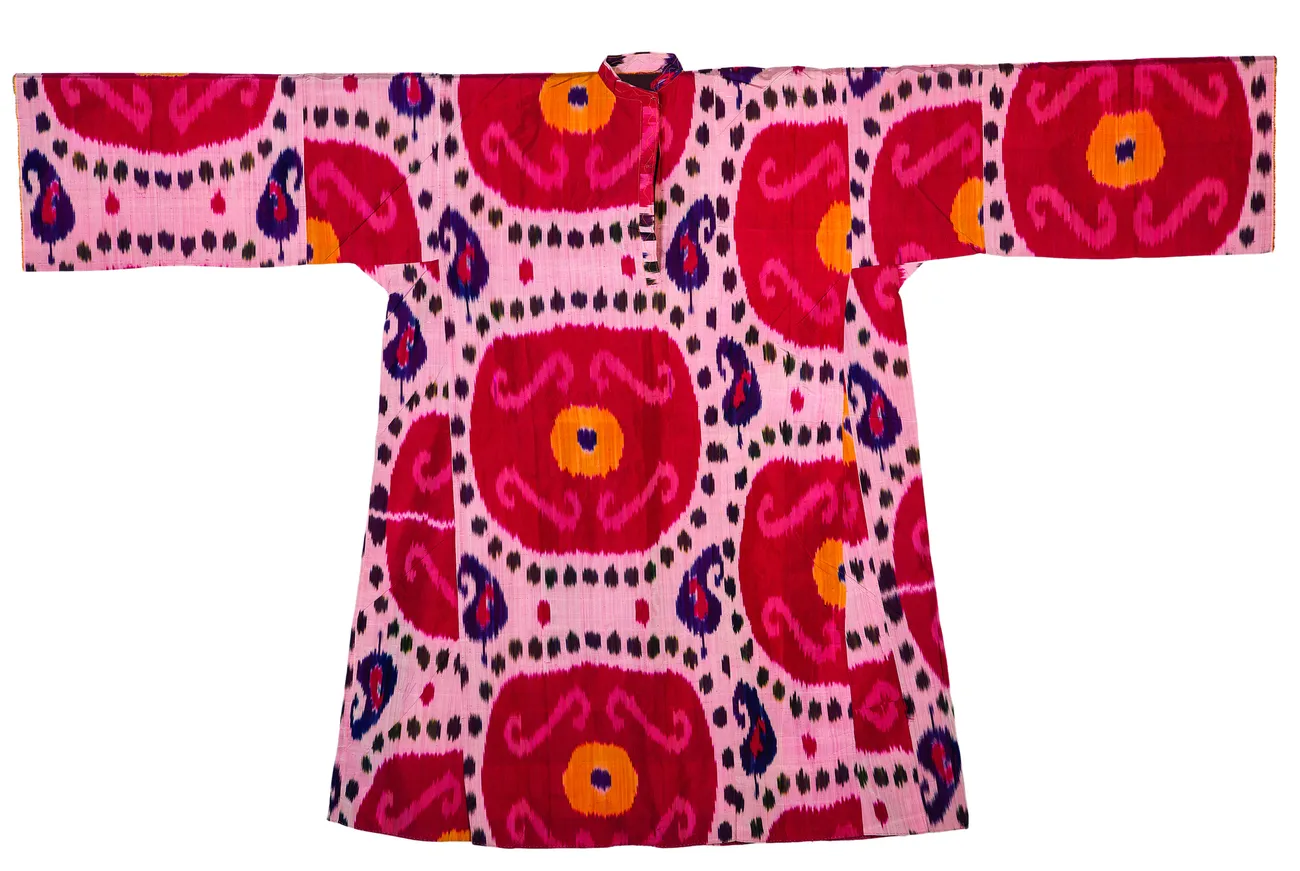If a dress was made from expensive silk such as kalgai, the stand-up collar was on both sides, in the front and in the back, so that it could be worn on both sides in case the front collar got worn-out or soiled (primarily Jew women and nomadic women). This sort of collar appeared under the influence of Tatar fashion just like dresses with slits in the waist with gathers and sewn-in sleeves.
You will find more examples of national Uzbek clothes in the book-album "Traditional Uzbek costume on materials of museum and private collections of Uzbekistan (Part 1)" (volume XLVIII) from the series "Cultural legacy of Uzbekistan in the world collections."
The general sponsor of the project is the oilfield services company Eriell-Group.



